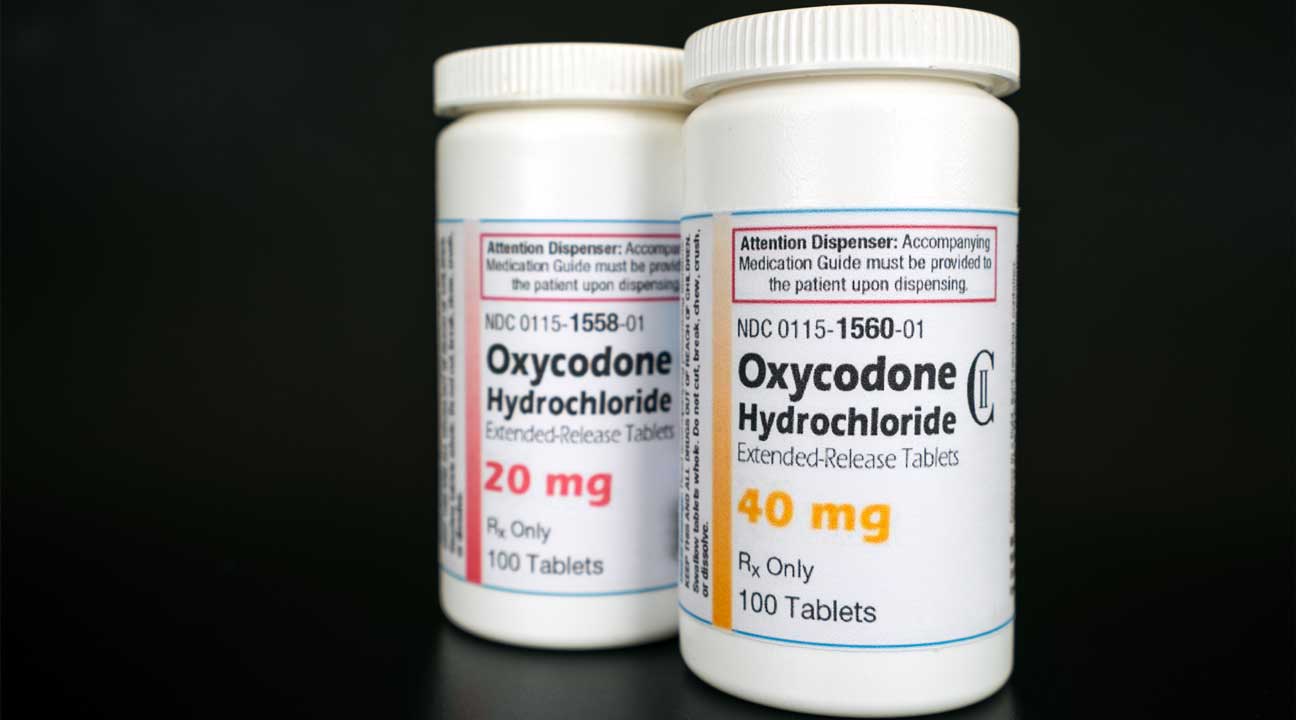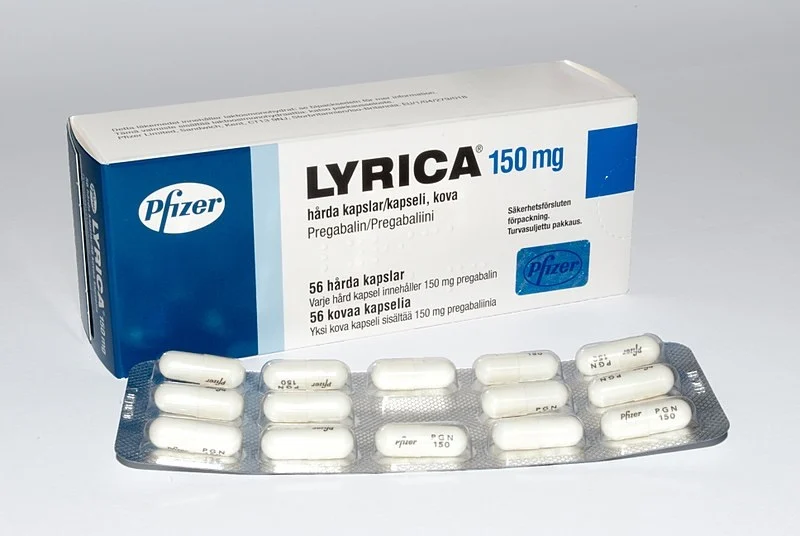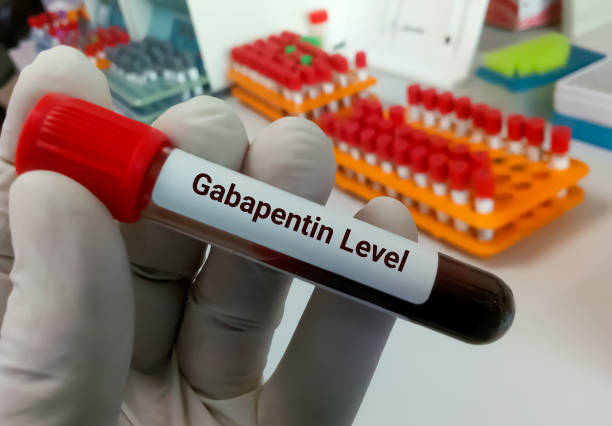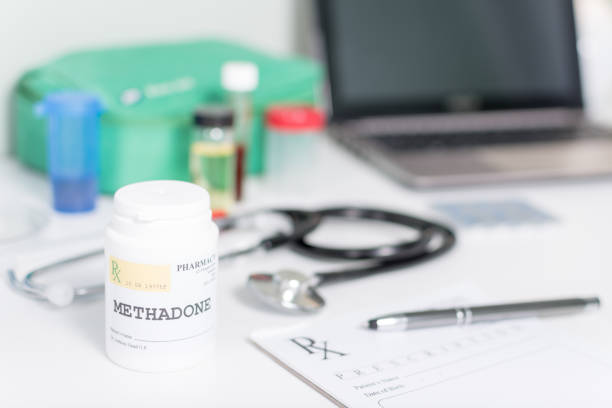What is oxycodone?
Oxycodone is an opioid painkiller also known as a narcotic. For the treatment of moderate to severe pain, this medicine is administered. Oxycodone is available in both immediate and extended-release formulations. The immediate-release forms are used as needed for pain, while the extended-release forms are used around the clock for severe and chronic pain that need prolonged treatment. Extended-release tablet should not be utilized for on-demand pain treatment.

Side effects
Common Oxycodone side effects include :
- sleepiness,
- dizziness
- fatigue
- headache
- constipation
- stomach discomfort
- nausea
- vomiting
- itching
- red eyes
- flushing
Serious Oxycodone side effects include:
- Noisy breathing, sighing, shallow breathing, breathing that pauses when sleeping
- A slow heart rate or a feeble pulse
- Cold, clammy skin.
- lightheaded feeling, as if you could pass out;
- perplexity, odd thoughts or actions.
- seizures (convulsions).
- Low cortisol levels cause nausea, vomiting, loss of appetite, dizziness, worsening weariness or weakness
- High serotonin levels in the body can cause agitation, hallucinations, fever, sweating, shivering, rapid heartbeat, muscle stiffness, twitching, loss of coordination, nausea, vomiting, and diarrhea.
Dosage instructions
Take the oxycodone precisely as directed. Follow the instructions on the medicine label and read all drug recommendations. Never take this drug in larger amounts or for longer than recommended. Tell your doctor if you have an increased desire to take more pills. Swallow the capsule or tablet whole to prevent a potentially lethal overdose. Avoid crushing, chewing, breaking, opening, or dissolving. Never crush or shatter a pill to inhale the powder, or mix it with a liquid to inject the drug into your veins. This can lead to death. Carefully measure liquid medicine. Use the included dosing syringe or a pharmaceutical dose-measuring instrument (not a kitchen spoon). You should not stop using oxycodone abruptly. Follow your doctor’s recommendations for progressively decreasing your dosage.
Precautions
To ensure that this medication is safe for you, inform your physician if you have ever had:
- respiratory issues, sleep apnea
- head injury, brain tumor, or convulsions
- Drug or alcohol abuse, or mental disease
- Lung disease
- Diseases of the liver or kidneys
- Thyroid disorder
- Addison’s disease
- Urinary issues
- Problems with the gallbladder or pancreatic.
If you are allergic to oxycodone or have the following:
- severe asthma or respiratory issues
- obstruction in your stomach or intestine.
FAQS
Which is stronger, hydrocodone or oxycodone?
It is generally considered stronger than hydrocodone.
Is tramadol stronger than oxycodone?
Tramadol’s strength varies, but it’s generally less potent than oxycodone.
How long does it take for oxycodone to work?
It typically starts working within 15 to 30 minutes after taking it orally.
What’s the difference between Oxycontin and oxycodone?
OxyContin is a brand name for extended-release oxycodone, while it is the active ingredient in both immediate and extended-release forms.
Is OxyContin still on the market?
Oxycontin is still available.
What are the frequent side effects of oxycodone?
Common side effects of oxycodone include nausea, constipation, dizziness, and drowsiness.
Does oxycodone make you sleepy?
It can cause drowsiness as a side effect.
What is hydrochloride used for?
Hydrochloride is a common form used to make drugs stable and easier to administer.









